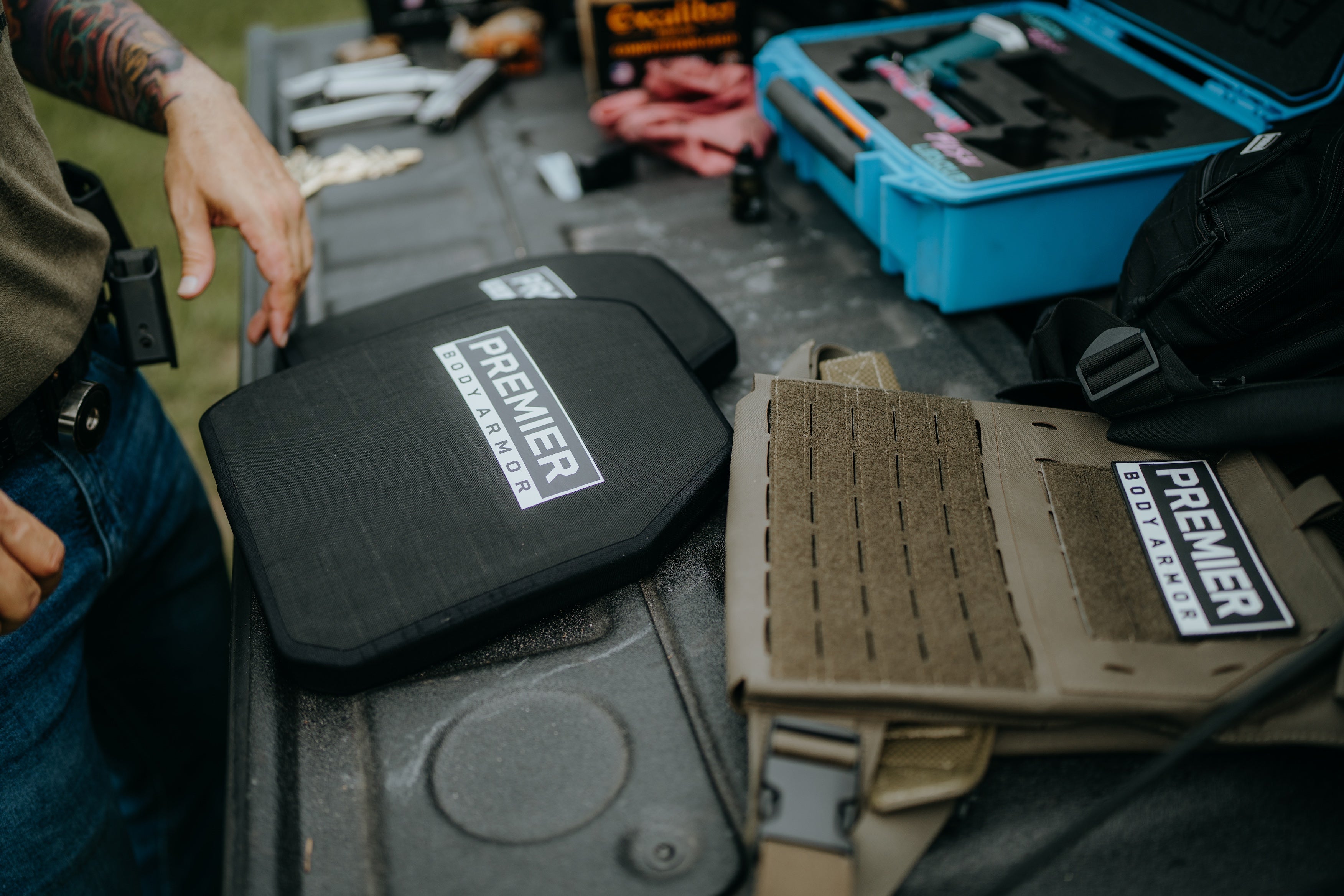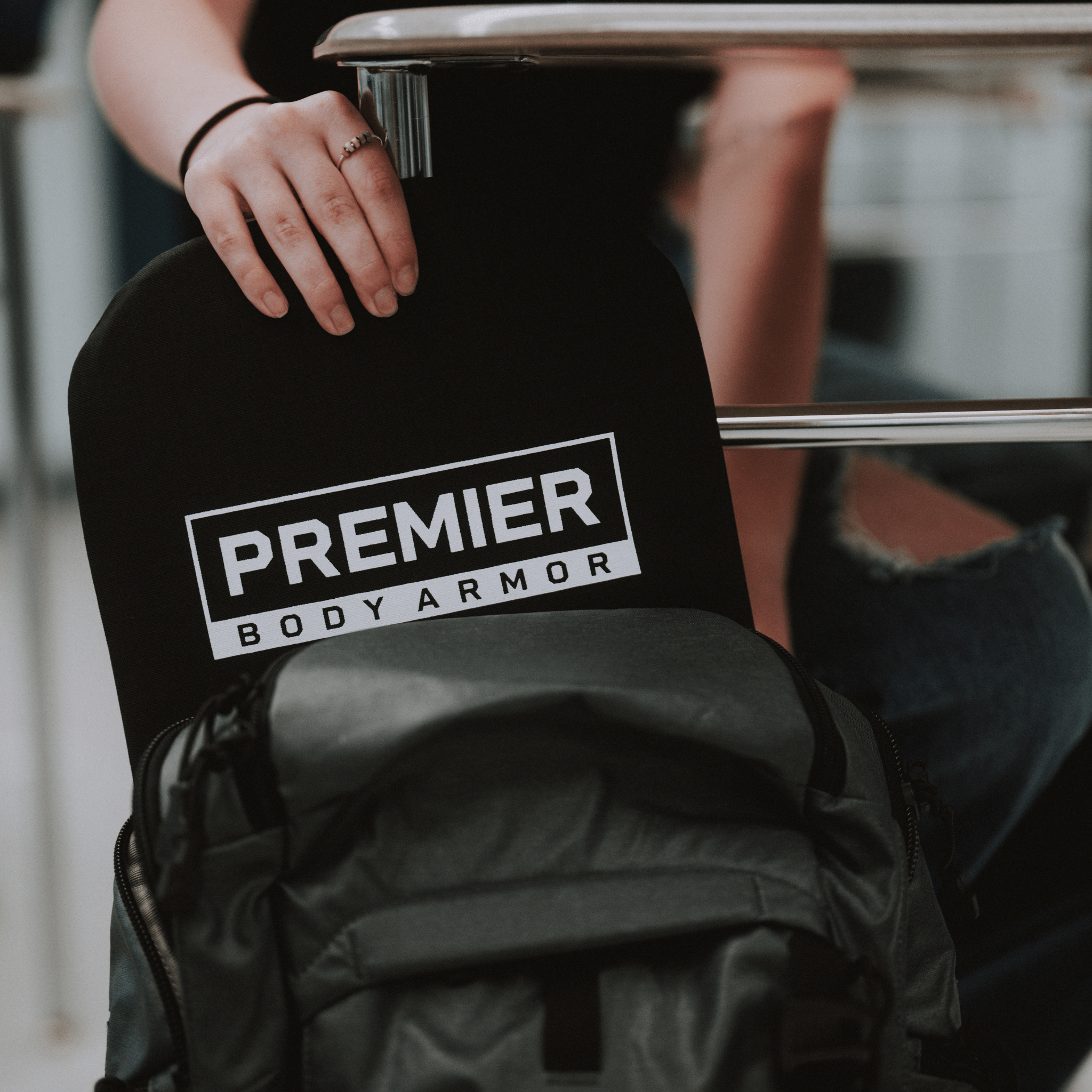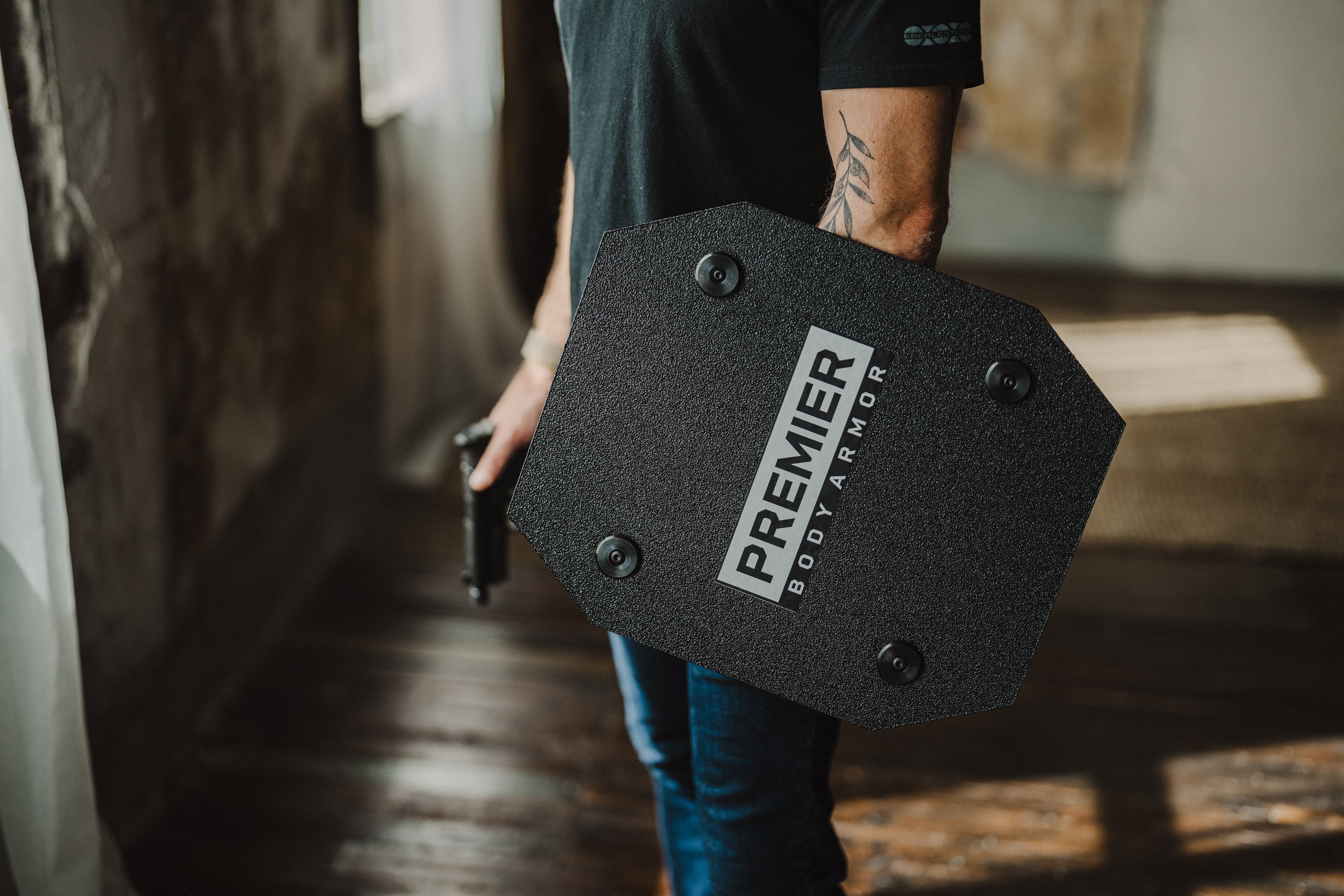Does Body Armor Actually Expire?
Does body armor really expire?
This is a tricky question. Body armor is made from synthetic or inorganic materials, meaning it doesn’t expire or decompose naturally. However, with daily wear, exposure to certain things like UV light, or improper maintenance, the armor can see some wear and tear, just like your favorite sweatshirt.
What you really want to know is how often you're going to be making an investment in your safety. That's where the warranty, proper care and how you use your armor can determine just how long the product lasts.
It's important to point out that the NIJ requires a warranty for body armor, but taking care of your armor means it will last beyond the warranty period.
Selecting the material that best suits your body armor needs is important, but after you’ve made your decision it is critical that you educate yourself about its useful life and storage life. Each type of body armor material has pros and cons, and that extends to how long it can be worn or stored before it needs replacing to be on the safe side.

Why does body armor expire?
Body armor can weaken due to the fibers breaking down. This breakdown can occur for a number of reasons. The most common reason is excessive wear and tear.
For certain law enforcement and military positions, daily wear takes its toll on the fibers that comprise the armor. Properly fitted body armor should move with the wearer, and, combined with the constant contact with body heat, can affect the material over time.
The next most common cause of body armor wear is contact with liquids that either degrade the fibers directly, such as sweat or certain chemicals, or impede their ability to function correctly, such as submersion in water without careful drying out. The NIJ (National Institute of Justice) required expiration date presumes a given piece of body armor has not come in contact with damaging substances or been improperly cared for, so take care to replace your armor if you suspect it has been compromised.
For certified armor, the NIJ testing process includes a submersion and conditioning test. This mimics the wear and tear of armor prior to testing with ammunition, to ensure normal use will not compromise your protection.
At Premier Body Armor, all of our soft armor is sealed in waterproof ripstop fabric to protect against things like water and sweat.
Where is the expiration on body armor?
All NIJ certified body armor should have a warranty period on it somewhere. If it doesn’t, or you can’t find it, contact the manufacturer.
Consider the warranty on a car. Will you still be able to drive it after the warranty expires? Yes. Just because the warranty ends, doesn't mean the vehicle will stop working.
Will a vehicle with 20-30K miles after 5 years be in better shape than a car with over 100K miles? Of course. Like the car, it all about the wear and tear of the armor.
You may also consider how important it is to you that the product remains under the manufacturer warranty. You can buy a new car after 5 years to ensure it is warrantied, and you could buy a new set of plates after 5 years for the same reason.
Premier Body Armor puts it on a label on the back of every plate, insert, backpack panel, or ballistic package in a vest.

How long does body armor last?
Again, it isn't about body armor "going bad" like the milk in your fridge, but about how often you use it. The NIJ standards, designed for law enforcement armor worn daily, requires a minimum 5 year warranty. Most body armor for civilians will typically have a warranty anywhere from 5 to 10 years.
Proper care, as with anything, can help extend the life of your armor.

Can you still wear expired body armor?
While we would never suggest ignoring safety guidelines from a product’s manufacturer, it is worth pointing out that a body armor’s warranty presumes you are wearing it full time. So, unless you’re wearing it 5 or more days a week, 8 hours or more at a time, and storing it improperly, it will likely continue to provide protection far beyond its warranty.
Only you can truly judge when it’s time to replace a given piece of armor, but be sure it’s stored flat in a cool dry place until you choose to replace it.
It is also worth pointing out that ballistic inserts or body armor panels for bags, backpacks, etc. provide their rated protection beyond their warranty date due to the nature of their use. They are not directly against the body and thus not flexing as much or being exposed to body heat and sweat. Their fibers do not wear at the same rate as worn panels, extending the time before you notice any signs of wear and tear.

Different Shelf life of different types of body armor
A given piece of body armor’s shelf life is largely determined by the material it is made of. Steel can theoretically last the longest, followed by ceramic, both of which are inorganic material.
Advanced fiber-based armors, such as polyethylene or kevlar, although synthetic, can experience slow degradation even in controlled conditions due to subtle chemical and structural changes over decades.
Kevlar fibers, for instance, can lose some tensile strength over very long periods, potentially reducing effectiveness. UHMWPE could slowly degrade as well, though this process would be very gradual and minimal in ideal conditions. With both, proper storage in climate-controlled conditions will lengthen the time.
What is the shelf life of polyethylene body armor?
Polyethylene, PE for short, UHMWPE to be shorter but more accurate, or its full name, ultra high molecular weight polyethylene, tends to have a shorter shelf life. That being said, it is still highly durable, and you will usually see it warrantied for at least 5 years.
What is the shelf life of kevlar?
Kevlar belongs to a class of fibers known as aramids. Short for aromatic polyamides, their structure is different from PE armor. Their warranty period, typically, is the same: 5 years. Kevlar is somewhat less durable when exposed to excessive or repeated abrasion and deformation than PE armor, so exercise care especially when storing.

What is the shelf life of Ceramic body armor?
Ceramic plates are highly resistant to deformation and abrasion, though it can crack if dropped or crushed. A typical warranty period is up to 7 years as long as reasonable steps are taken to properly store it.
The ceramic might be susceptible to hidden micro-cracks, but without physical stress, it’s very stable.
What is the shelf life of Steel body armor?
Steel armor are particularly resiliant, typically having the longest warranty periods. Extra care should be taken to manage moisture long term, and to prevent exposure to many common chemicals that can deteriorate coatings or corrode the steel itself. After wearing, be particularly diligent to put it away clean and dry.
Like a car manufacturer, body armor manufacturers don't know who is going to use the end product, for how long and in what conditions. We do know that in “normal” duty use, and without being exposed to extreme environmental factors, the armor will be effective for 5 years in the case of soft armor and 7-8 years in the case of ceramic and PE armor.
Selecting the right body armor material for your personal protection priorities is essential. Knowing the limits of that material’s useful life and shelf life, as well as how to store it properly, is also important. To get the most time and use out of your body armor, be mindful of its warranty.










I would like to know proper storage techniques for common usage. For example, is it safe to store in a car when does exposed too cold or higher temperatures than a cool closet?
Leave a comment